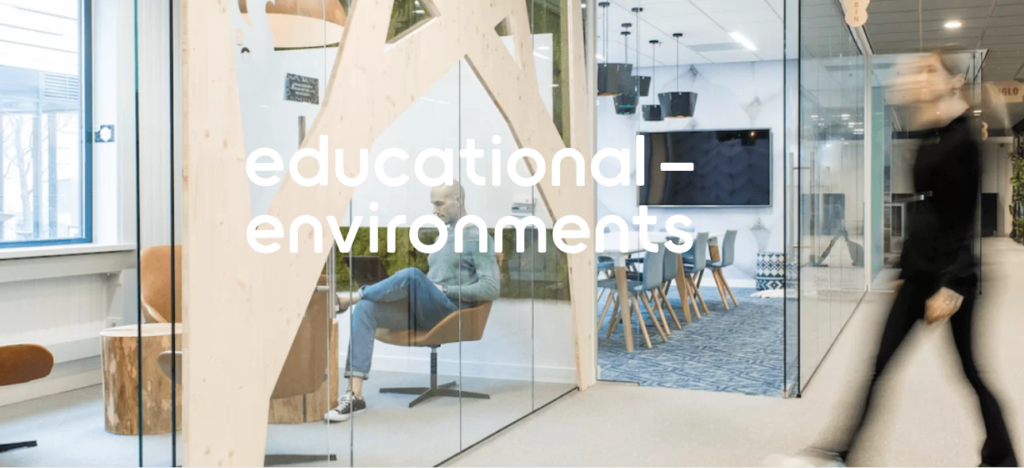The birth of a second life
Second Life
In the past, furniture was often thrown away after use (‘cradle-to-grave’). Fortunately, nowadays ‘cradle-to-cradle’, where the old product leads to the creation of a new one, is the norm. But even within this ideology, there are various options that represent a different circular value. Below we discuss the possibilities of giving a second life to your old furniture, ranked from the most to the least circular option.

Function elsewhere
Relocation
Is the furniture still in good condition, but is it no longer wanted somewhere, for example because it no longer matches the desired atmosphere of the space? Then 1-to-1 reuse, sometimes after minor repairs, is the most circular option. This can take place in the same building, elsewhere within your organisation or at another (educational) institution. Because we work on circular interiors on a daily basis, we always know whether the furniture can be reused elsewhere. Ideally, we can move the existing furniture from the old location to the new location on the same day, so that a minimum of emissions are involved in finding a new destination. However, if a new location is not immediately available, we can also store the furniture in one of our circular centres.
Small changes, great results
Revitalisation
When furniture is still technically sound but somewhat worn or dated, revitalisation is often the perfect solution. Through minor interventions with minimal environmental impact, we can bring it up-to-date again. Examples of adjustments we can make, if possible on location, are replacing table tops, chair seats and backs, seat shells, leg caps and gas springs. Furthermore, we can also completely refurbish upholstered elements and re-powder coat frames in-house. As a result, your furniture will last for many years again without having to be bought new! We can also add new functionalities in this process, such as making desks height-adjustable ( electrically or otherwise ) or adding power outlets. This isn’t just for our own furniture, but also for that of other furniture suppliers. We can take care of all your furniture, regardless of brand, model or design.
Reincarnation
Remade or repurposing
When existing furniture can no longer be reused in its entirety, we analyse all the individual components separately. We often find new applications for these components, for example, an old chair frame or table base that is reused in a new chair or table after it has been remade. This reduces our need for new raw materials. In some cases (repurposing), the components get a new life in a piece of furniture with a completely different function. For example, the frame of a cabinet continues its life as part of a cubicle, or old table tops are reused in the wooden frames of our train benches and ottomans.
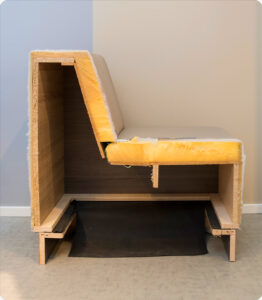
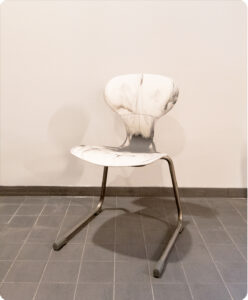
´New´ furniture with a meaningful story
Second-hand
Needless to say, we do not only offer the above options in combination with the return of used furniture. When you are after new furniture only, there is also the option of buying furniture that has been taken in elsewhere, with or without repair, revitalisation, overhaul or repurposing. You can recognise these products by our 2-LIFE sticker. This sticker indicates that the furniture is circularly responsible and the QR code provides more information about the furniture and how it was made. Not only is this a sustainable approach, but you also have ‘new’ furniture with a special story.
No such thing as waste
Recycling
Recycling of all individual components only becomes an option when all of the above options are not possible. For this, we have a processing method for each type of material that offers the maximum return. For example, steel is reused for our circular home accessories by Zooi or pressed into blocks, melted down and cast into new construction parts for our circular Loft tables. The residual steel that we cannot reuse ourselves is returned to our steel suppliers. Non-reusable waste wood is shredded into a fine sawdust from which new chipboard is made. Currently, we are also researching how we can reuse sawdust from our sawmill in combination with biodegradable glue in new products. Old textiles, together with fabric remnants from our upholstery shop, are processed into felt. We press this felt into Re-felt mats, which we use as acoustic filling material in our partition walls and cubicles. Old plastic is also shredded and moulded or pressed into new raw materials. The 100% regenerated PP (polypropylene) is used as a new raw material for our Finn chairs, Wybelt stools and Level drawers. Recycled PET is used, for example, for the Felt chair. For each material, we have a processing method that is as circular as possible and that means that we do not have to throw anything away; there is no such thing as waste with us.



 +31 (0) 247 502 300
+31 (0) 247 502 300 info@eromesmarko.nl
info@eromesmarko.nl





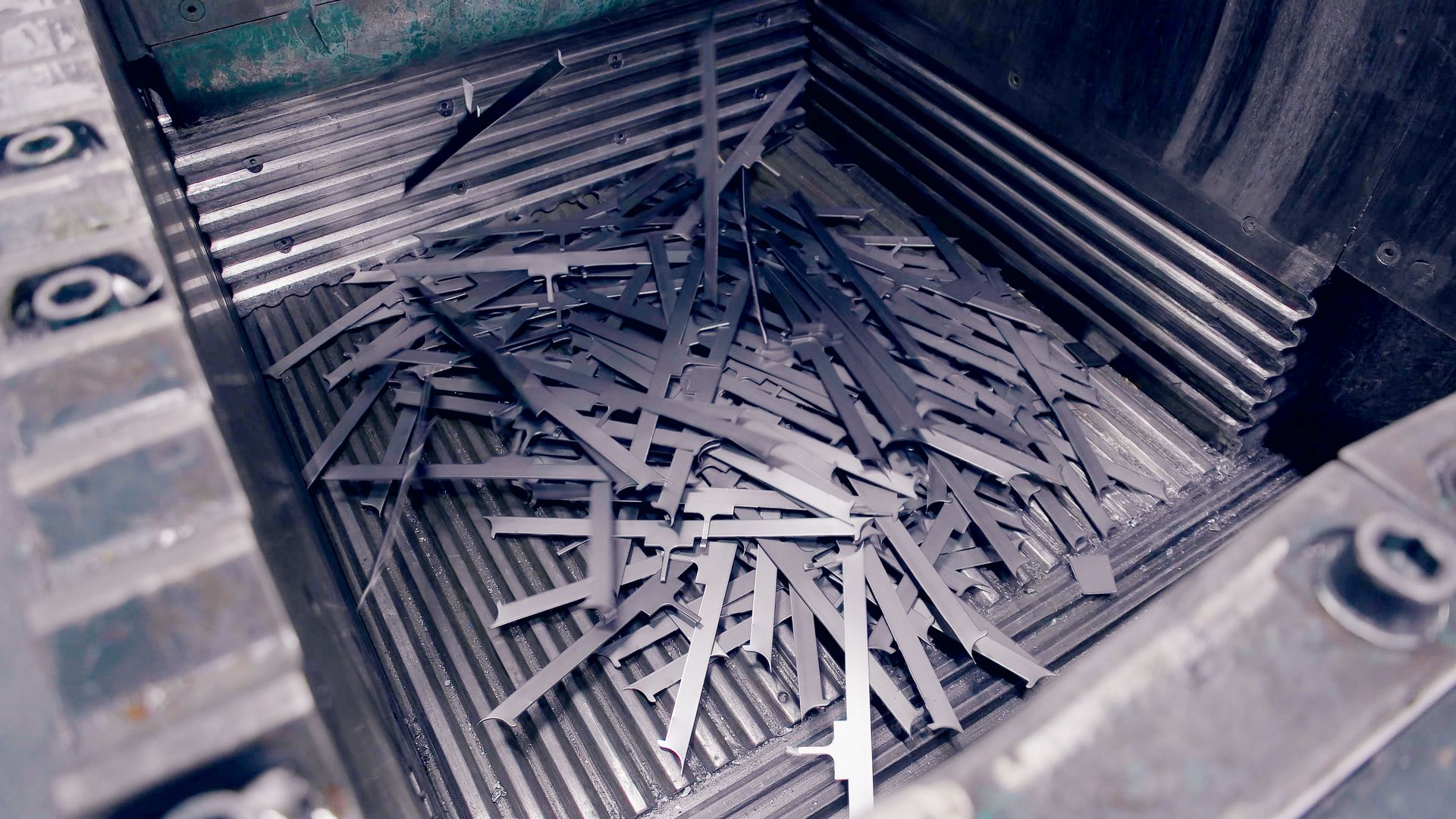

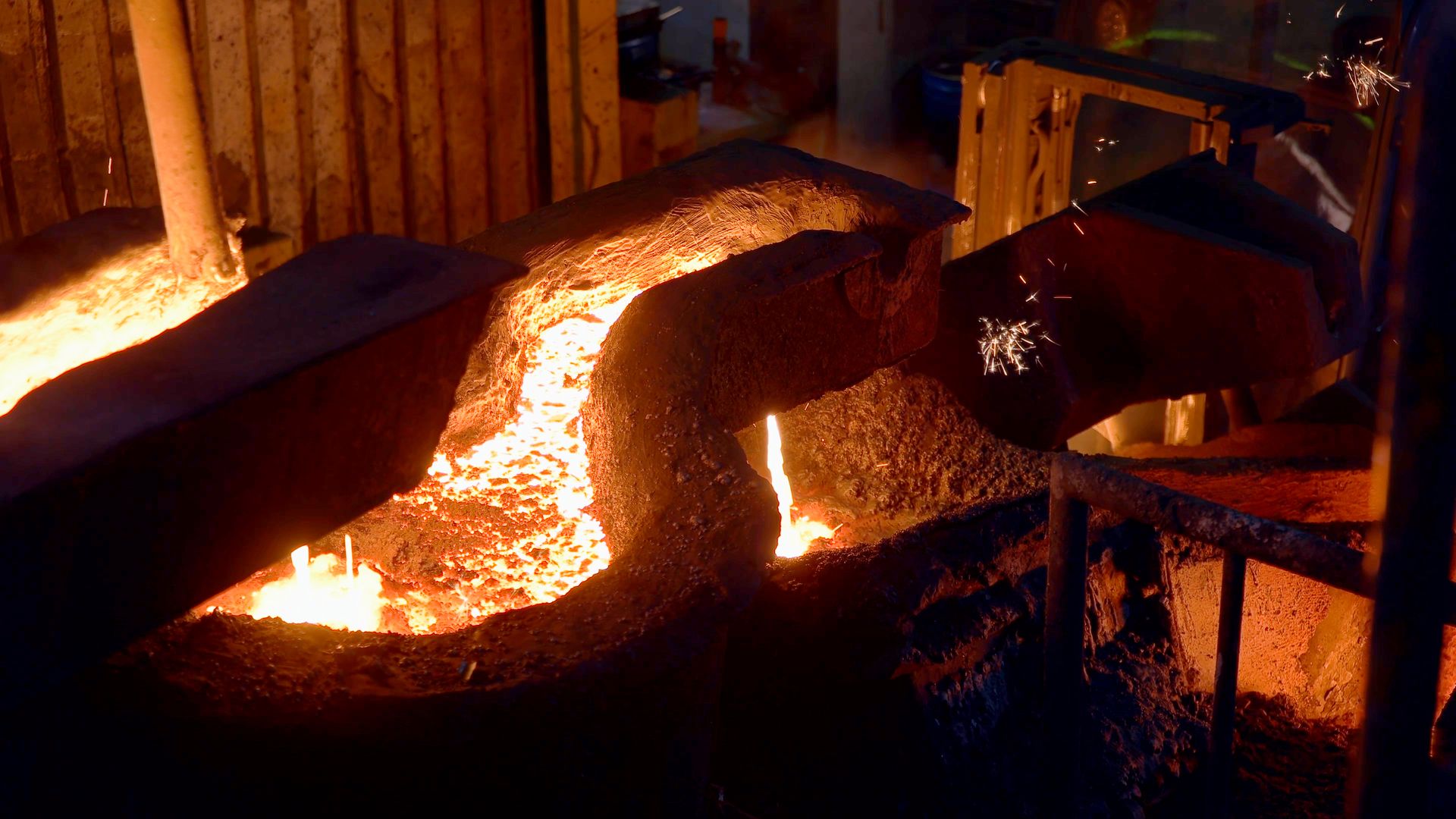
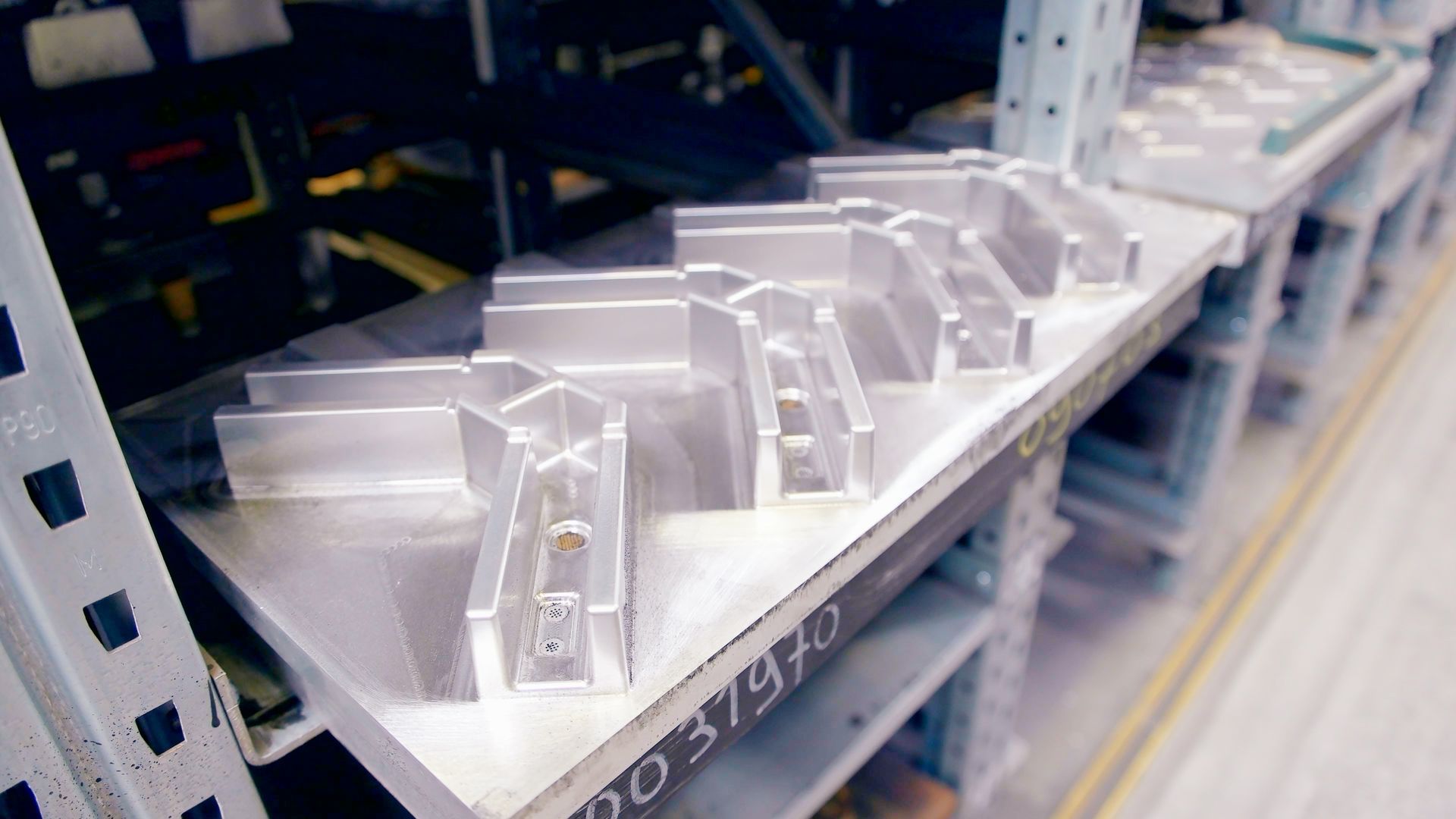



 +31 (0) 247 502 300
+31 (0) 247 502 300 info@eromesmarko.nl
info@eromesmarko.nl